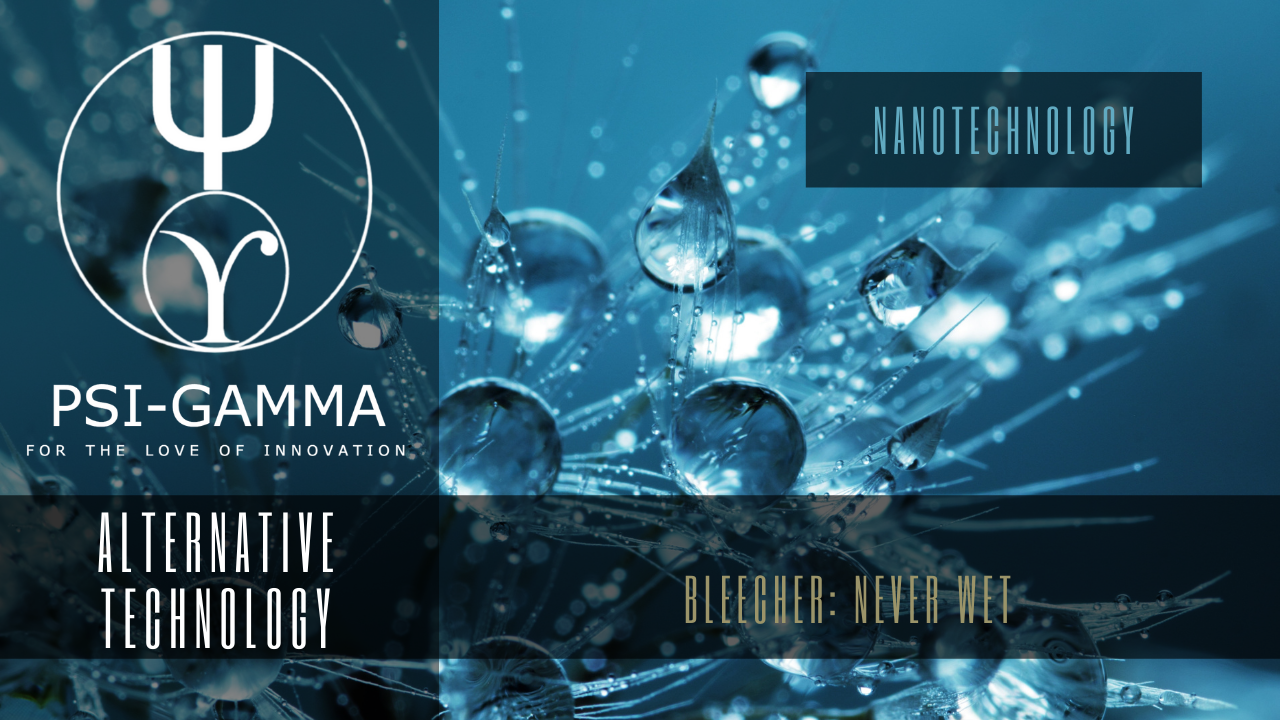
Bleecher: Never Wet
Superhydrophobic spray NeverWet enters US market in a $20 can
Two step spray coating makes fabrics, wood, metals and plastic waterproof
by James Vincent
A spray on treatment that makes any object repel liquid has been launched into the US market. This is NeverWet, a superhydrobphobic coating that can be applied to nearly any surface.
Consumers can now buy the two cans (capable of treating 10 to 15 square feet) for $19.97 from Home Depot. Surfaces that the spray can be applied to include fabrics, wood, metal and plastics. The treatement consists of two coatings, each of which takes 30 minutes to dry.
NeverWet have not yet given official figures on how long the superhydrophobia will last in various situations, but claim that treatments have “remained under seawater for over a year and reemerged completely dry.”
Unfortunately, when the treatment is applied to glass it causes the surface to become frosted, though the company behind the product promise that a clear-drying version is in development.
At NeverWet, we have developed a super hydrophobic coating that completely repels water and heavy oils. Any object coated with our NeverWet™ coating literally cannot be touched by liquid. Any liquid placed on this coating is repelled and simply rolls off without touching the underlying surface. Not only is this amazing to see, but it solves a myriad of problems.
When these guys say NeverWet … they mean it
By
CHAD UMBLE
Correspondent
For one Lancaster County company, necessity was indeed the mother of invention.
About three years ago, Ross Technology Corp. needed a better way to reduce corrosion on the steel products it makes here.
When they couldn’t find a suitable one, they worked on creating something on their own.
And eventually they hit upon a slick product that’s led to a whole new business.
That product is NeverWet, a silicon-based spray-on coating that repels water and heavy oils.
“When we started getting it to work, we realized it solved a lot of problems rather than just corrosion,” said Andy Jones, who leads the new effort.
Jones is the president of Ross Nanotechnology, the subsidiary of Ross Technology Corp. that was formed to develop NeverWet.
The company now employs 12 scientists, chemists and engineers.
They work out of a lab at the Ross Technology headquarters in the Conestoga Valley Industrial Park.
In addition to fighting corrosion, NeverWet’s nano-particle coating keeps things clean, dry and free of bacteria and ice.
Jones said that once they found a coating that worked on metal, they created different formulations that adhere better to other surfaces, including clothing, plastics and cookware.
The cookware formulation also was tweaked so it can better handle high temperatures.
“Anywhere you don’t want corrosion, or ice or things to get wet, this works well,” Jones said.
“When you start thinking about it, there are a lot of places where that’s good.”
Jones quickly mentioned a number of additional possibilities.
NeverWet could make ovens, toilet plungers and bed pans a cinch to clean, packaging resist water and white boards free of “ghost” images, he said.
Another application is safeguarding electronics.
“I sprayed my iPhone with NeverWet, submerged it in a foot of water for 30 minutes, took it out and it was good to go,” Jones said.
Ross Nanotechnology isn’t the only organization that likes what it sees in NeverWet.
In June, NeverWet won the top prize at InventHelp’s INPEX trade show in Pittsburgh. NeverWet also won a gold medal in the science category.
The event showcases new products and innovations that are available for business and industry to manufacture, license or distribute.
Jones said Ross Nanotechnology began licensing the NeverWet technology to other manufacturers about two years ago.
It has sold four licenses to date and has numerous deals under discussion with potential licensees who’d use it on the products they manufacture.
The decision is a time- and labor-intensive exercise.
“Everybody has their own processes, so it takes a year or more of testing (before they decide whether to use NeverWet),” Jones said.
“That’s the painful part of this business.”
Ross Nanotechnology is focusing on a handful of niche markets, he said.
Though declining to disclose Ross Nanotechnology’s sales figures, Jones said the company is “small now but growing quickly.”
And, Jones said he expects to see some significant product launches in early 2012.
These would include the first retail version of NeverWet for use by consumers.
During a recent visit to the company’s headquarters, Jones showed off NeverWet’s capabilities in what seemed like a series of magic tricks.
On hard surfaces such as glass and ceramic that were treated with NeverWet, water turned into nearly spherical balls that shot in all directions.
A cotton shirt shed water. A canvas shoe repelled chocolate syrup and was left perfectly white.
“Shoe people are all over us,” eager to buy a NeverWet license. “If you pay $200 for a pair of shoes, you want them to stay clean,” he said.
Ross Nanotechnology has yet to license NeverWet to a shoe manufacturer, though, Jones said.
What’s the secret behind NeverWet?
NeverWet — which has 13 patents pending — works much as Scotchgard does in protecting furniture, carpets and other surfaces. That is, it creates a very high contact angle for water on a surface, Jones explained.
A drop of water that lies flat on a surface has a contact angle of zero percent, but if the droplet forms into a perfect circle, it has an angle of 180 degrees.
Human skin provides a surface angle of 75 to 90 degrees, Jones said. Car wax provides a surface angle of about 95 degrees. Scotchgard has an angle as high as 116 degrees.
In contrast, NeverWet has a contact angle as high as 165 degrees, which means water forms an almost perfect sphere.
Because of that shape, the water is repelled.
Materials scientist Vinod Sikka, Ross Nanotechnology’s director of research and development, played a key role in inventing NeverWet, Jones said.
Sikka previously spent 34 years at Oak Ridge National Laboratory, where he became manager of research and technology development.
But having a superior product alone isn’t enough to guarantee commercial success, Jones points out.
“It’s challenging to break into the coatings market. People have been using the same stuff from the same suppliers for a long time,” he said.
Jones sees lots of potential for NeverWet, though.
“It is very novel, and when you start thinking about it, you can think about how transformative the technology can be,” Jones said. “You can use it everywhere.”

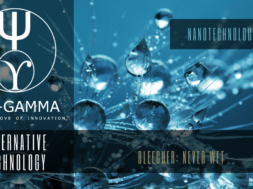
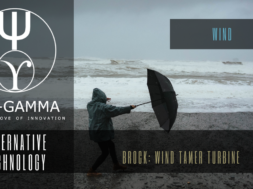
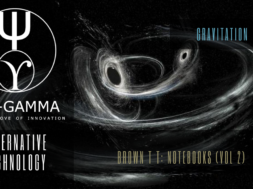
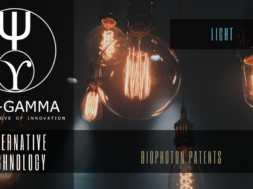
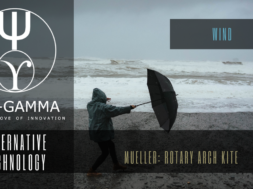
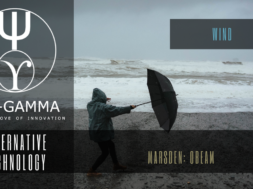
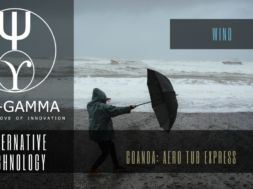
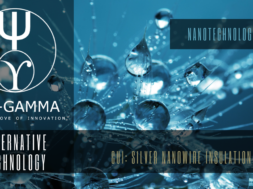
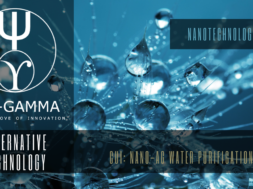
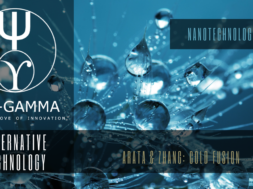
Этот информативный материал предлагает содержательную информацию по множеству задач и вопросов. Мы призываем вас исследовать различные идеи и факты, обобщая их для более глубокого понимания. Наша цель — сделать обучение доступным и увлекательным.
Выяснить больше – https://quick-vyvod-iz-zapoya-1.ru/